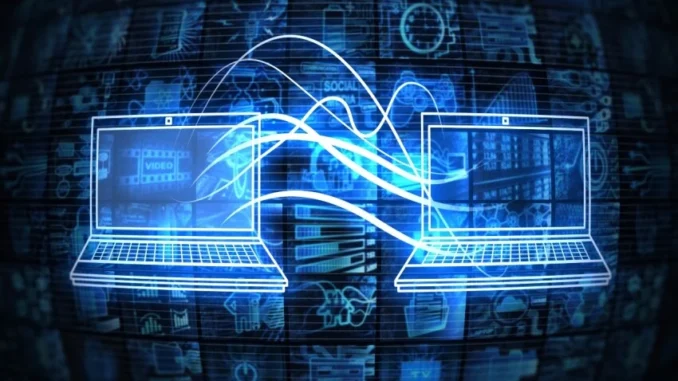
Moving your Windows drive to a new PC requires careful steps to ensure the operating system, drivers, and data function correctly. Here’s a detailed guide:
Step 1: Prepare Your Drive
- Back Up Important Data
Ensure you back up critical files and documents to an external drive or cloud storage to avoid data loss. - Check Drive Compatibility
Confirm the drive type (HDD, SSD, NVMe) and interface (SATA, M.2) is supported by the new PC’s motherboard. - Deactivate Software Licenses
Some software licenses are tied to the hardware. Deactivate or unlink them before moving.
Step 2: Handle Windows Activation
Windows is often tied to the hardware via a digital license. Moving the drive to a new PC may require reactivation.
- Check License Type:
- Retail License: Transferable. You can reactivate on the new PC.
- OEM License: Non-transferable. Usually tied to the original PC’s motherboard.
- Reactivate Windows:
- Log in to your Microsoft account on the new PC and follow the prompts in the Activation settings.
- If issues arise, use the phone activation method or contact Microsoft Support.
Step 3: Install the Drive in the New PC
- Power Down Both PCs
Turn off the new PC and unplug it from the power source. - Physically Move the Drive
Remove the drive from the old PC and install it in the new PC’s appropriate slot or bay. - Secure Connections
Ensure the drive is properly seated and all cables are connected securely.
Step 4: Boot the New PC
- Enter BIOS/UEFI
Upon powering on the new PC, press the appropriate key (e.g., F2, Del, or Esc) to enter BIOS.- Set the moved drive as the primary boot device.
- Boot into Windows
The PC should boot into Windows from the moved drive. Expect longer load times as Windows adapts to the new hardware.
Step 5: Install New Drivers
- Run Windows Update
- Go to Settings > Update & Security > Windows Update.
- Install updates to ensure compatibility with the new hardware.
- Install Motherboard & Peripheral Drivers
Use the manufacturer’s website or driver CD to install chipset, network, and other hardware drivers. - Uninstall Old Drivers
- Go to Device Manager and uninstall drivers specific to the old PC’s hardware.
Step 6: Verify System Stability
- Check Activation Status
- Go to Settings > Update & Security > Activation and ensure Windows is activated.
- Test Functionality
- Verify all hardware components (GPU, audio, USB ports, etc.) work correctly.
- Run Diagnostic Tools
Use tools like sfc /scannow or third-party utilities to check for system integrity.
Step 7: Final Adjustments
- Reinstall Software:
Some programs may require reinstallation due to hardware ID changes. - Reconfigure Settings:
Adjust display, sound, and other settings to suit the new hardware.
By following these steps, you can successfully migrate your Windows drive to a new PC while minimizing issues. If any problems arise, feel free to ask for further assistance!
Buying a new computer can be fun, until you have to slog through migrating all your old apps, preferences, and files. Wouldn’t it be easier if you could just pop your old drive into the new PC and pick up where you left off? Windows allows you to do this in a few easy steps—at least hypothetically.
Since Windows 10, the OS has been much better about handling certain driver conflicts, but it isn’t perfect. When you throw an existing Windows installation at a new PC, it will perform its first-time setup as if it were a new computer, grab drivers for your new hardware, and (hopefully) drop you onto the desktop without much trouble. You have to do a few things yourself, but overall, it should work.
I moved my drive from an AMD-based machine to an Intel/Nvidia machine with barely a hiccup. Windows Update was even able to download new patches. But that’s not to say you won’t run into any problems. This can vary from PC to PC, and you never know what driver conflicts or performance issues may lay underneath the surface of a seemingly fine setup.
All told, I would still recommend doing a clean install if you are migrating permanently to a new machine, but if you need something quick and dirty—like if your old PC dies and you need to access some data from your old installation—this should work well enough. Here’s how to move your Windows drive to a new PC.
Leave a Reply